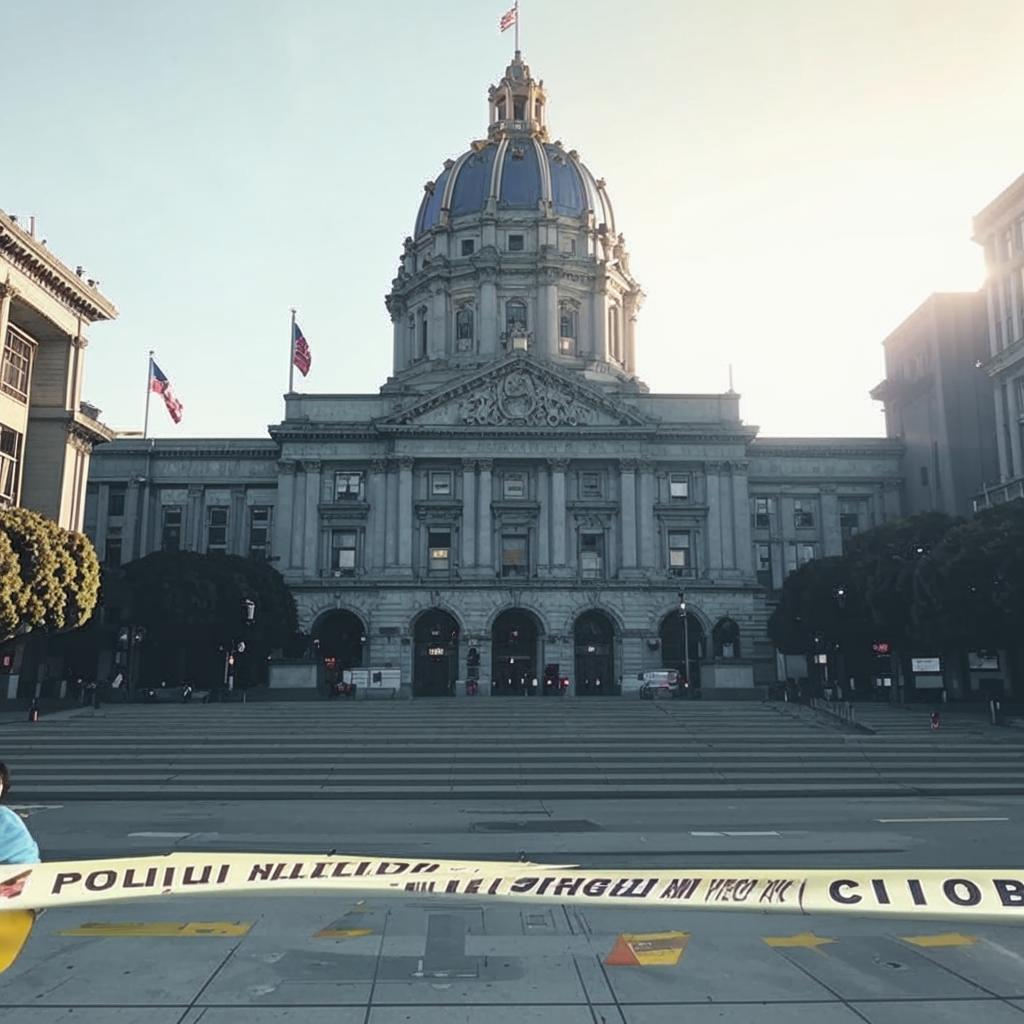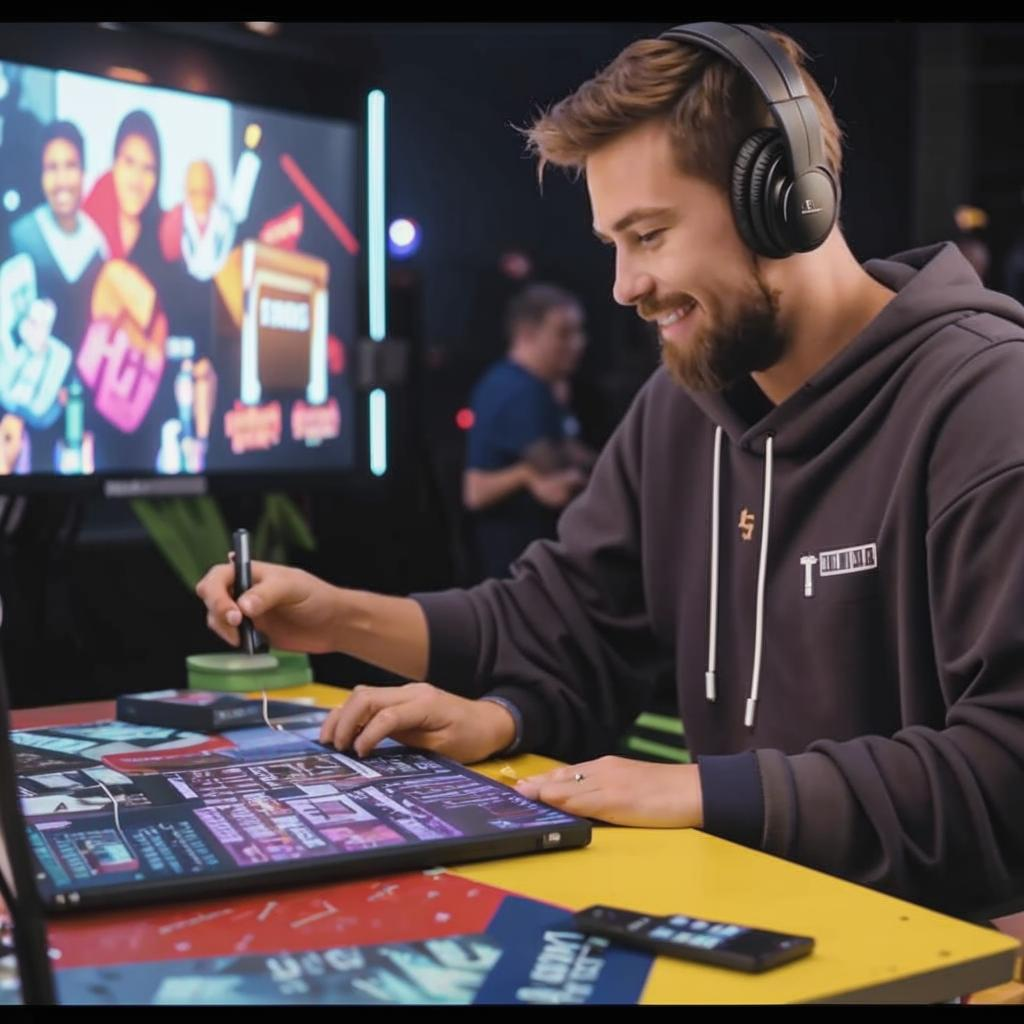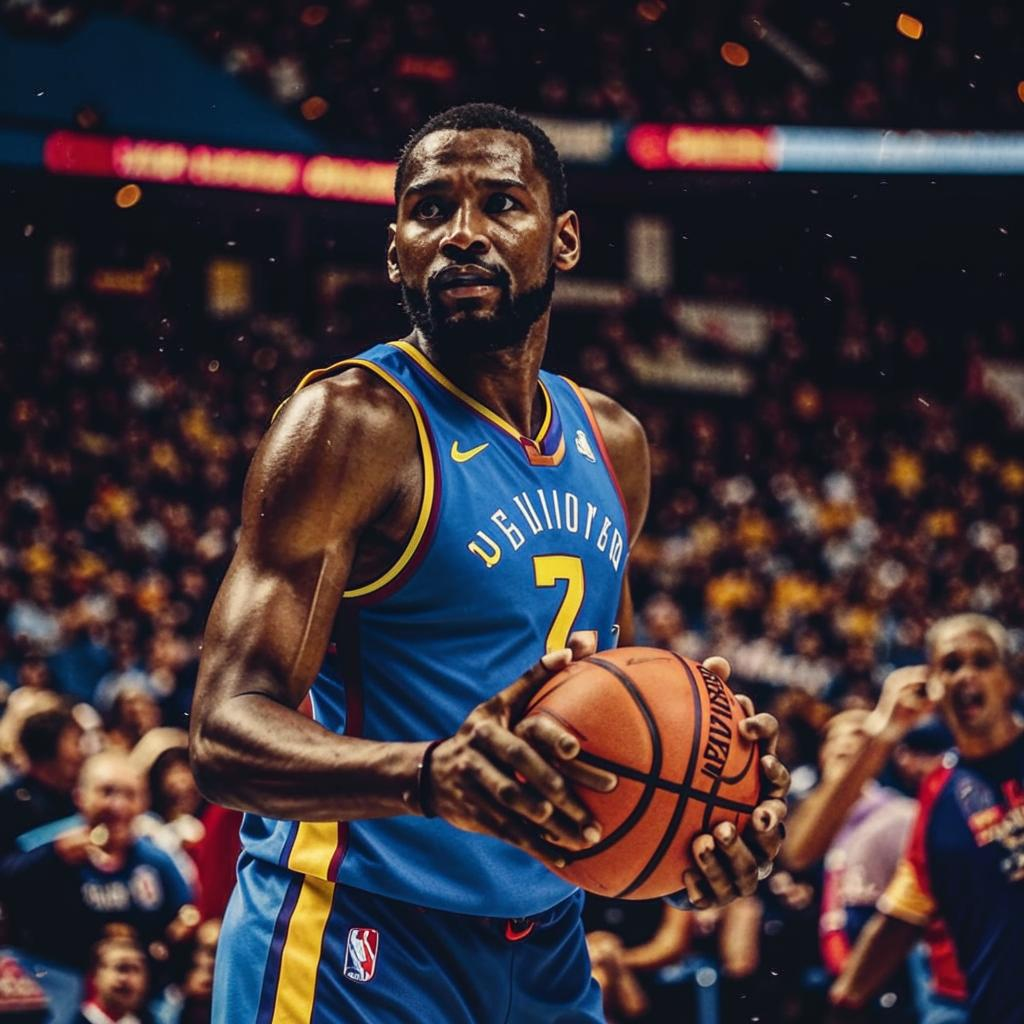The line between reality and performance is increasingly blurred in modern politics. Politicians now often adopt entertainment tactics to connect with voters, creating a spectacle where authenticity is difficult to discern. This “performance of politics” involves carefully crafted narratives and media appearances designed to resonate emotionally, rather than focusing solely on policy details.
This trend is not new, but it’s accelerating due to the rise of social media and 24-hour news cycles. Politicians are under constant scrutiny and need to maintain a consistent image to stay relevant. Consequently, they often prioritize creating memorable moments and engaging content over substantive debate. The focus shifts from governing to maintaining public perception.
The consequences of this shift are significant. It creates an environment where style trumps substance, and where political discourse is reduced to sound bites and photo opportunities. Voters may become more engaged with the personalities of political figures, but less informed about the policies they advocate.
This performance-driven approach to politics risks further eroding trust in government and fostering cynicism among the electorate. It’s crucial for voters to critically assess the information they receive and distinguish between genuine leadership and carefully constructed performances. By understanding the strategies employed, voters can make more informed decisions and hold their leaders accountable. Understanding this shift is crucial to a healthy democracy.














